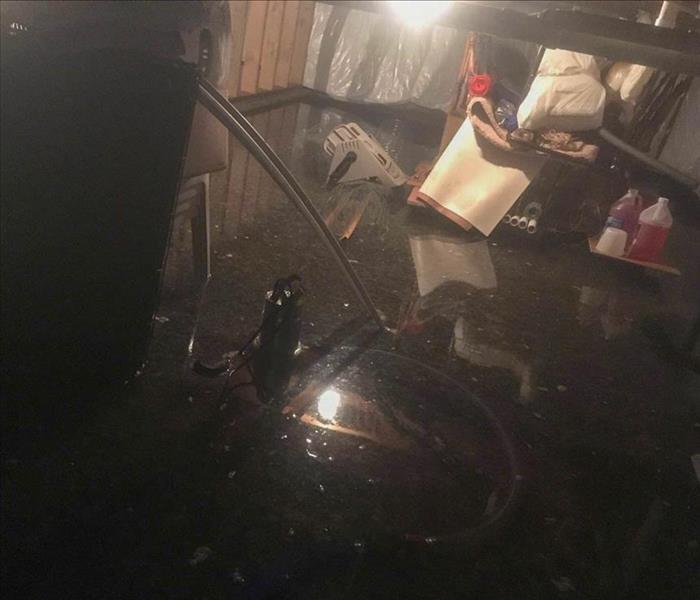2 Critical Keys To Odor Removal After Flooding
8/5/2021 (Permalink)
Flood Water Cleaning
After a flood in Laurel, MT, you are probably worried that your home will never smell the same again. You are right to be concerned about this, but it is possible to prevent and remove odors from water contamination and mold growth after a storm. The secret to success is twofold: start immediately and clean effectively.
1. Start Cleanup Immediately
When there is a flood, your home and personal belongings are at risk from water damage itself, but also biohazards like sewage and other contaminants in the water. Flood water from a storm is often referred to as "black water" for this reason. Mold growth can also begin within 48 hours.
As time passes, materials exposed to flood water are absorbing the liquid and all its microscopic contents. The risk of structural damage increases, but also extended exposure to contamination makes it more difficult to save and clean materials the right way. After mold colonies form, mold remediation is needed, and the overall cleanup becomes costlier as containment becomes important to prevent the spread of mold spores and more colonies.
2. Clean the Right Way
Each item exposed to water will be different in how it should be treated after a flood. Some items may need to be disposed of, such as carpet padding, but some items can be disinfected and saved, like carpet. Trained experts are knowledgeable about the cleaning process and can help your family with effective cleaning of your home after a flood.
No matter where you are, mold spores are in the air. That's very normal. The problem comes when materials don't dry thoroughly, and those spores form colonies of mold. It's very difficult to clean deeply rooted mold growth from porous materials, but the combination of containment, thorough drying techniques, and antimicrobials is the key to solving the problem and preventing odors from coming back.
Flood water cleaning may seem overwhelming, but there is help. Flood restoration specialists have the resources and training to remove water quickly, clean materials thoroughly, and dry your home completely. Look for specialists with IICRC training to ensure effective odor removal techniques are used.




 24/7 Emergency Service
24/7 Emergency Service
